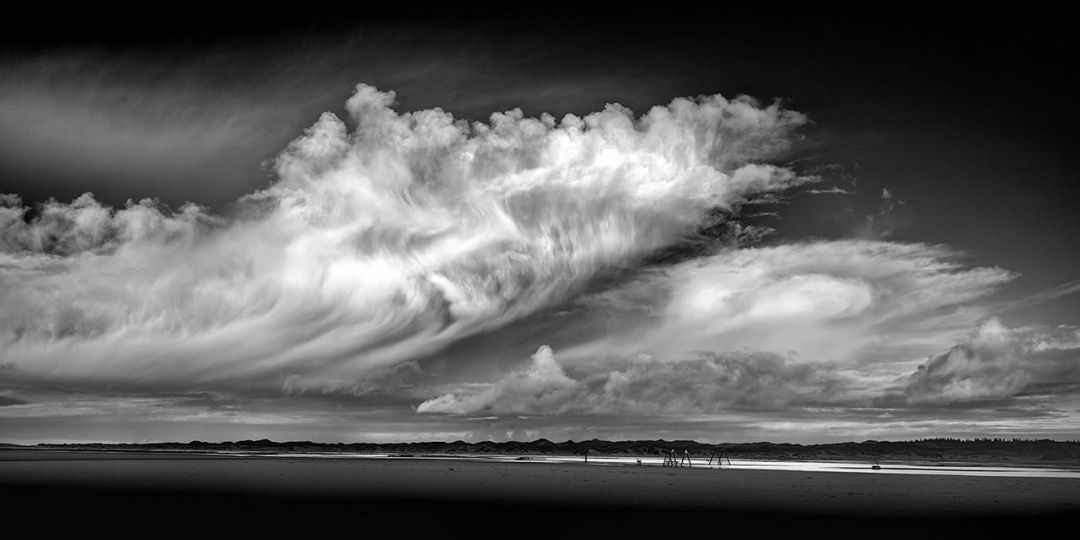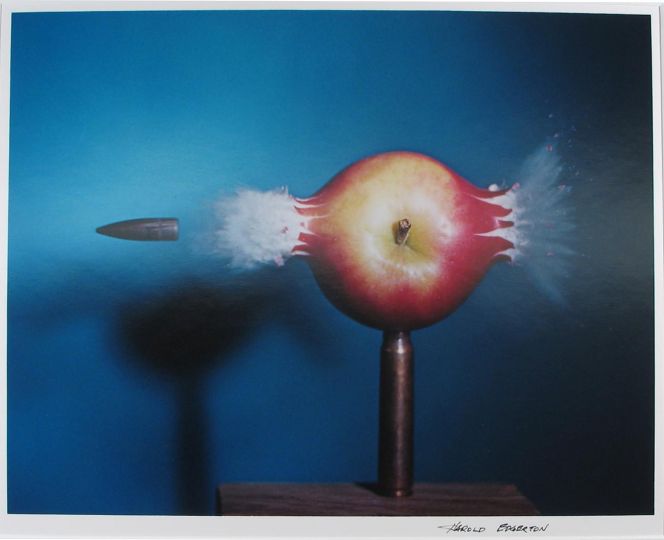“Only when eyes and ideas draw from the image reservoir of the past, only when connections are made, when past and present, production and consumption, human and machine, factory and society are conceptually linked, do the sparks fly and the archives and collections begin to tell their stories, offering up their treasure troves of information and electrifying us with the worlds of imagery contained within them,” said Urs Stahel, the curator of MAST photogallery as well as of the exhibit The Power of Images MAST Collection: an iconic selection of photographs on industry and work at the MAST venue in Bologna.
More than one hundred pictures by sixty-seven authors from the 1920s up to the present time are on display, documenting how our society has been changing since the Industrial Revolution. The exhibition analyzes industrial and technological environment, dealing also with the production system and social issues, through images of well-known photographers. Among them: Berenice Abbott, Richard Avedon, Margaret Bourke-White, Jim Goldberg, Germaine Krull, Edgar Martins, Rémy Markowitsch, Edward Steichen, Thomas Struth e Marion Post Wolcott. The photos are from the MAST archives, making a strong connection between the exhibit at MAST on the theme Time Maps. Memory, archive, future, leitmotiv of Fotografia Europea 2017, the Reggio Emilia international festival, of which MAST is partner.
The iconographic universe connected with the industrial world, which the exhibition explores, is permeated with “the idea of the multifaceted: a multitude of levels and different time lines, atmospheres intersecting or running parallel to each other – like the man on his donkey cart in front of an industrial facility by Pepi Merisio,” Stahel added.
Likewise, collections, and archives, are vast, silent leviathans. They only awake and begin to speak when you ask them a question, when you bring them to life by looking at them in certain perspectives, with the vitality of interest – that is to say, when their potential unfolds in the present, when they are activated. Every archive has its own history, its own specific system made up of order and disorder – and so obeys their own unique structural rules. Yet within these rules, photographs play a primarily descriptive role. In other words: a photograph portrays a given subject, it represents it, taken in a particular context.”
This is what is called a strictly descriptive point of view . But photography also has an aesthetic impact, a power of evocation. According to Stahel, “Photographs can do much more than simply describe: they also affect us emotionally, conveying two, three, four different messages at once. These are connotative messages, which can be loaded with additional meanings.” Photographs are a kind of polysemic images and when their content, reference, denotation are complemented by emotional intensity, with pictorial strenght, then photography acquires and emanates an incomparable power. The Power of Images, aims to trace these supplementary qualities of photography. As one can see, for example, in High noon, Dhaka dump, Bangladesh, from Jim Goldberg’s series Open See with its wide, open plain full of refuse, on which a “guard” conscientiously watches over the separation of material waste and animal cadavers: a document and a warning to our consumer society.
The exhibition can be “felt” from numerous perspectives, and allows us to follow the historical progression of the industrial production : starting with pictures representing iron as the main raw material of a certain industrial era (Germaine Krull, Berenice Abbott, Nino Migliori, Takashi Kijima), followed by rubber and plastics and the recent deindustrialization, that involved also the Kodak district in Rochester, (Catherine Leutenegger) to the intangibility, the invisibility of digital data flows (Henrik Spohler).
“Even the greatest innovation cannot provide protection against decline”, Urs Stahel stated, as progress never stops, photography can be seen as representing our memory as well as a starting point from which to consciously proceed towards the future.
Paola Sammartano
Paola Sammartano is a journalist specialized in arts and photography based in Milan, Italy.
The Power of Images MAST Collection: an iconic selection of photographs on industry and work
May 3 to September 24, 2017
MAST.Gallery
via Speranza 42
40133 Bologna
Italy
http://www.mast.org/
















